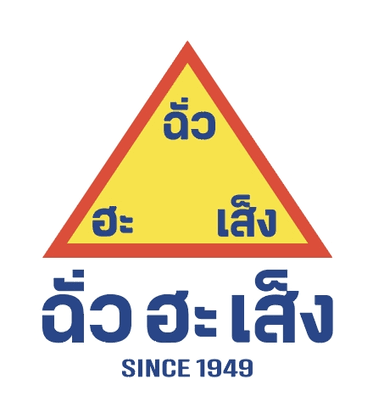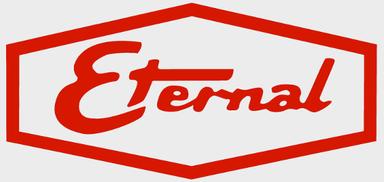1. Lead Generation & Client Acquisition
• Identify potential customers, including garment factories, textile businesses, fashion designers, and embroidery workshops.
• Research and contact distributors, retailers, and wholesalers who might be interested in reselling the machines.
• Attend trade shows, textile exhibitions, and networking events to build relationships and generate leads.
2. Sales & Business Development
• Pitch embroidery machines to business owners, manufacturers, and entrepreneurs.
• Conduct product demonstrations (either in person or via video calls) to showcase machine capabilities.
• Understand customer needs and recommend the right machine model based on production volume, budget, and features.
• Negotiate contracts, pricing, discounts, and payment terms.
3. Customer Relationship Management
• Maintain relationships with existing customers, ensuring they have a good experience with the machines.
• Follow up on customer inquiries and provide after-sales support.
• Gather feedback on machine performance and suggest upgrades or maintenance services.
4. Market Research & Strategy
• Stay updated on industry trends and competitor products to adjust sales strategies.
• Work with the marketing team to create sales materials, brochures, and online promotions.
• Identify new markets, partnerships, and sales channels (e.g., e-commerce, B2B platforms).
5. Sales Reporting & Target Achievement
• Track sales performance and meet monthly/quarterly sales targets.
• Provide sales forecasts and reports to management.
• Suggest improvements based on customer feedback and market analysis.
 บริษัท ฮ่องกงสินเจริญ เทรดดิ้ง (ประเทศไทย) จำกัด
บริษัท ฮ่องกงสินเจริญ เทรดดิ้ง (ประเทศไทย) จำกัด










